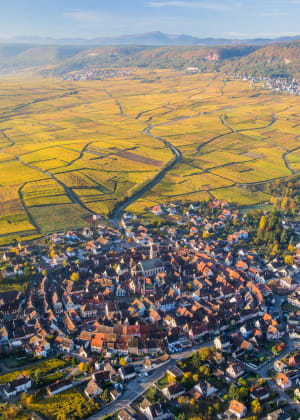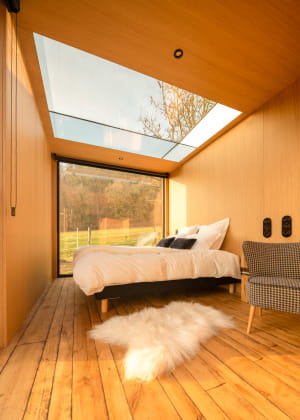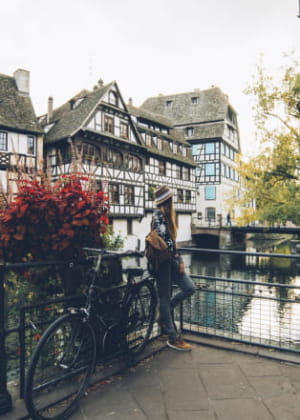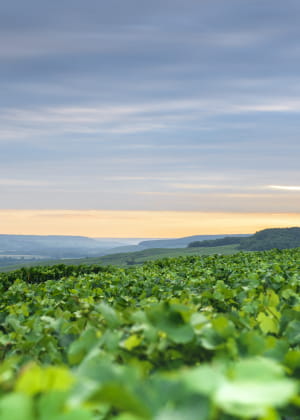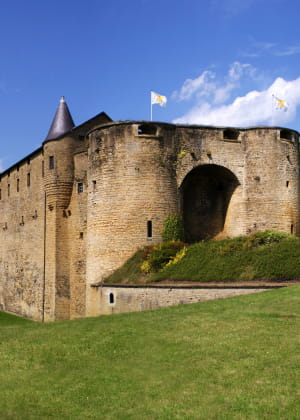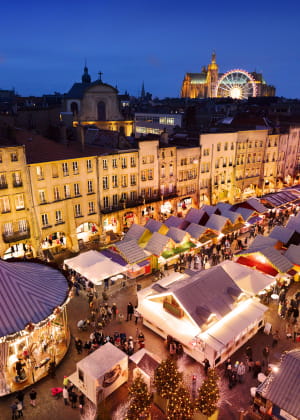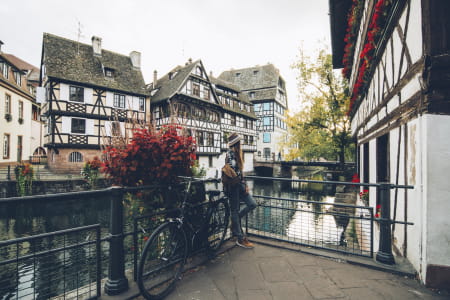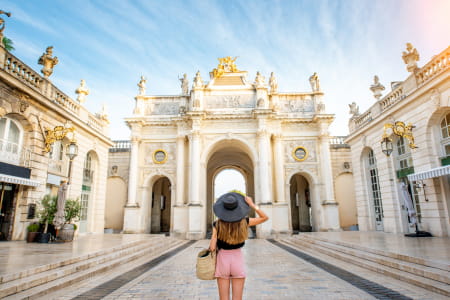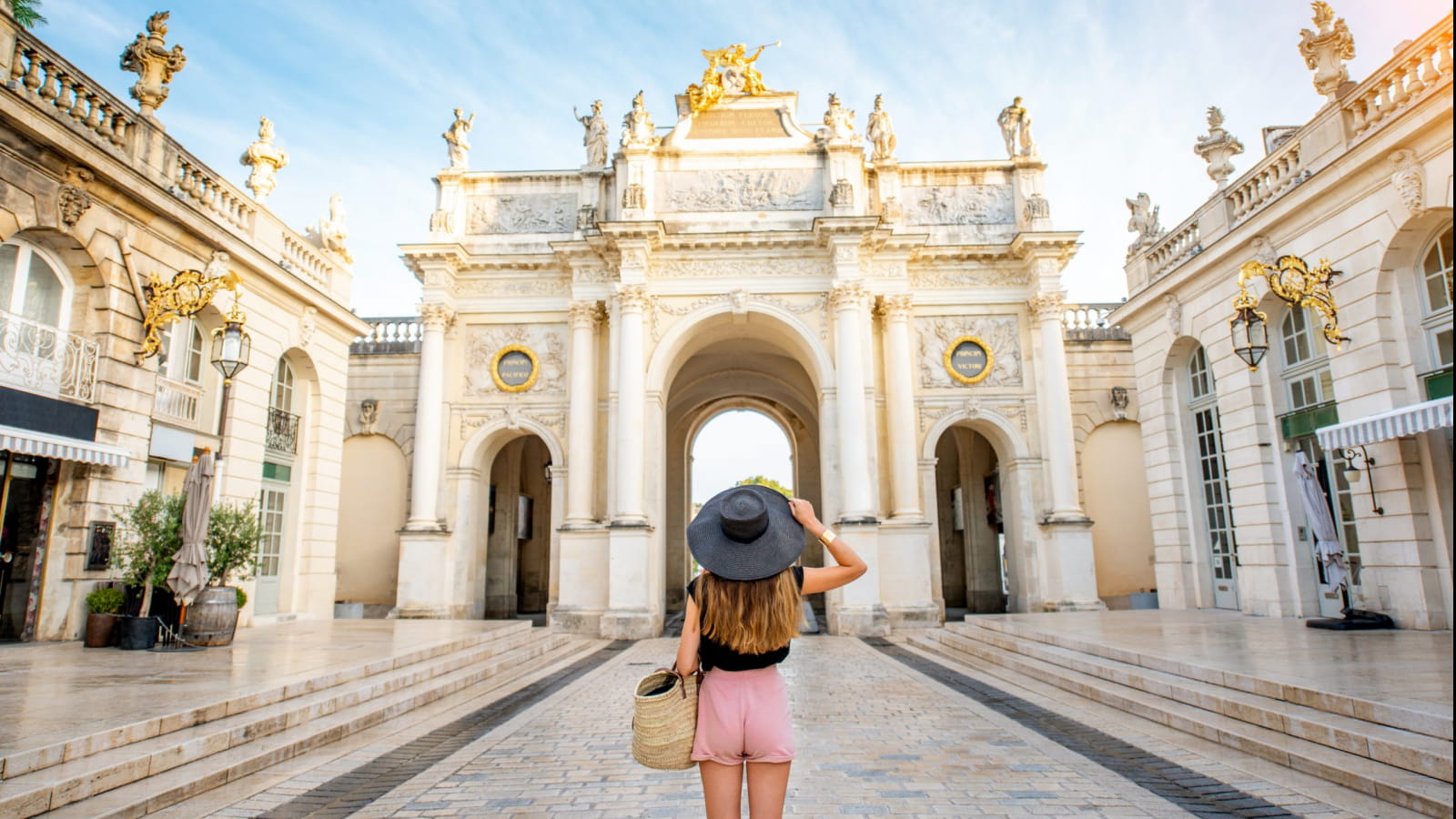
Lorraine
Steeped in history, Lorraine is at the confluence of eras and surprises with its audacious mix of cultures. A multifaceted prism, it aims to be artistic, festive and historical while remaining in tune with nature. Try Lorraine – you won’t be disappointed!
Buzzing Lorraine is always surprising...
The scene of major conflicts, known for its rich heritage, Lorraine invites you to escape off the beaten path for a weekend or longer.
It challenges stereotypes with audacity and freshness, all with disarming hospitality. Because Lorraine knows how to entertain and will never leave you dissatisfied: sun-kissed blueberries and unbeatable quiche Lorraine will reawaken your taste buds in an explosion of flavours!



Discover nature in widescreen
Each season, the landscapes of Lorraine dress to the nines, providing unbridled happiness and freedom. From the snow-capped peaks of Hautes-Vosges and large lakes to the rural countryside of Meuse and the hillsides of vines and blueberry bushes, recharge your batteries far from the hustle and bustle before grandiose panoramas.
With three regional nature parks, Lorraine invites you to show your love of nature however you want. Whether you love hiking, cycling or relaxing in a spa in the middle of a forest, see the big picture and, most importantly, take your time!

My heart is torn between Nancy and Metz
A must-see pair during your holiday in Lorraine, Nancy and Metz have all the ingredients for a fantastic cultural weekend away. In Nancy, stroll through the Old Town, explore its famous ducal squares and discover its Art Nouveau architecture. As for Metz, the “garden city” takes you from Gallo Roman remains to 18th-century squares, not forgetting the famous Centre Pompidou-Metz, a masterpiece of contemporary art in striking contrast to the flamboyant Gothic cathedral.
One was voted “Best large city for biodiversity” while the other has won “Best town in France” multiple times. These complementary cities make for an unforgettable city break!

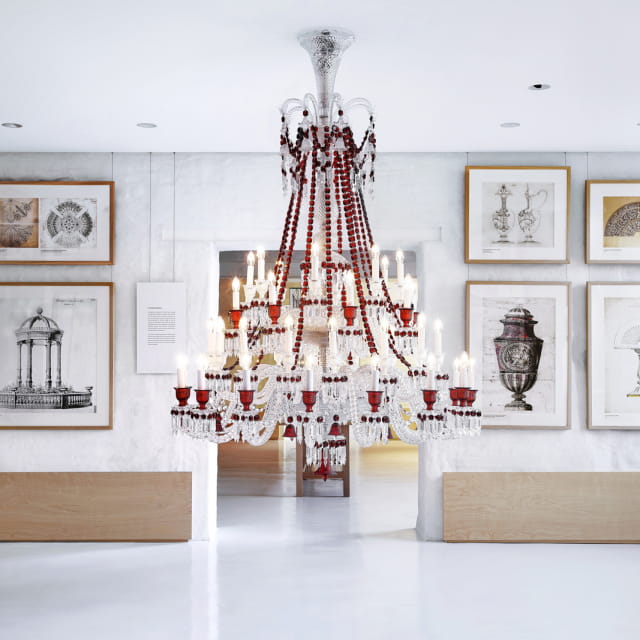
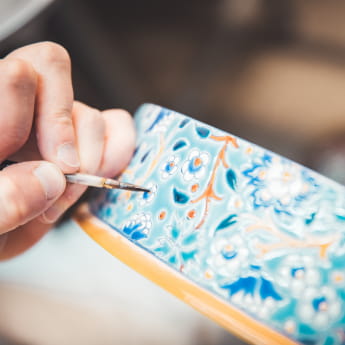
Uncover the secrets of Lorraine’s craftsmanship
Lorraine’s reputation for excellence in luxury goods and design crosses borders and is exported across the world. In the heart of the greatest manufacturers and little-known workshops, passionate and inspiring creators reveal the secrets of crystal, glass, ceramics and lute making.
Meet the patron saint of the people of Lorraine
Just before Christmas, generous Saint Nicholas brings great joy. On 6 December, he gives gifts and sweets to good children, giving rise to a host of celebrations throughout Lorraine. Discover parades, shows and wooden chalets in a gourmet atmosphere with the scent of gingerbread in the air. Prolong the experience with the magic of Christmas, which has the whole of Lorraine buzzing with magical events!
More about Lorraine
Four versions of one region!
An industrial past and lush forests combine in a remarkable landscape in Moselle. Follow the illustrious Route Touristique des Arts du Feu to discover it. In Meurthe-et-Moselle, a bastion of splendid architectural treasures, explore miles of plum orchards with fruits as juicy as can be.
Head south to the Vosges département, THE spot for mountain living all year round and make the most of spas and thermal baths. For a rural holiday, choose low-key Meuse: cycle rides along the river and unusual events are on the agenda.































